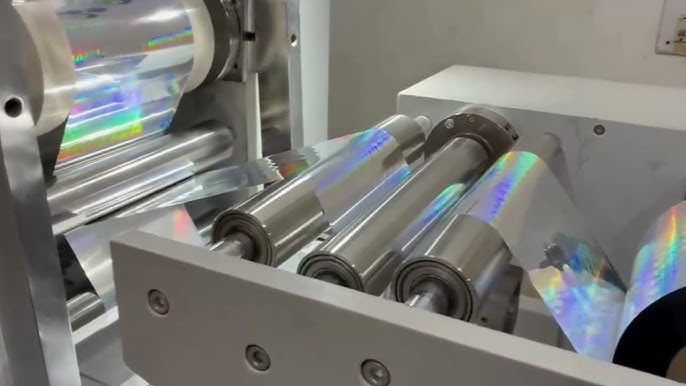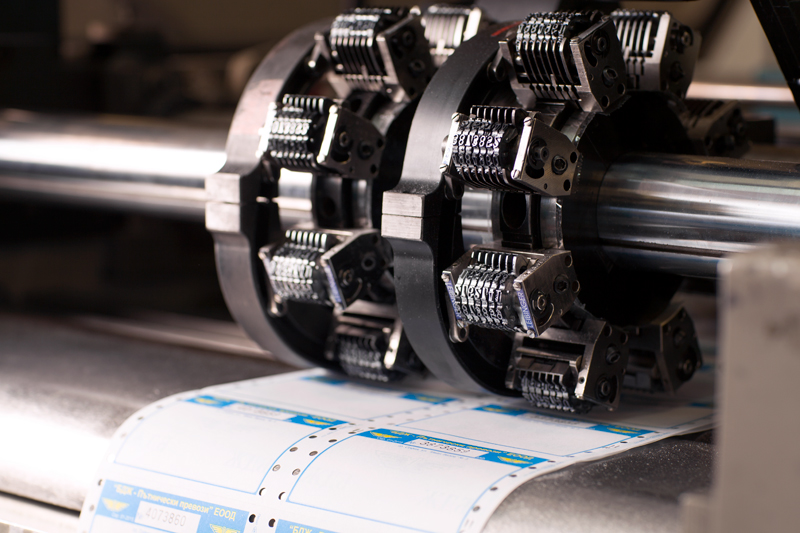In today’s global market, the issue of counterfeiting poses a significant threat to businesses and consumers alike. The problem extends across various industries, from pharmaceuticals to luxury goods, and it can lead to substantial financial losses and reputational damage. However, the use of barcodes has emerged as a vital tool in combating this pervasive issue. This article delves into the mechanisms through which barcodes prevent counterfeiting and how they contribute to securing the supply chain.

The Role of Barcodes in Modern Business
Barcodes have become an integral part of modern business operations. They are used for tracking inventory, managing sales, and ensuring the authenticity of products. By encoding information in a machine-readable form, barcodes help businesses maintain accurate records and streamline operations.
Understanding the Basics of Barcodes
A barcode is a series of parallel lines and spaces of varying widths that represent data. This data can be read by a scanner, which translates the lines into a digital format. The information typically includes product details such as the manufacturer, product type, and price.
Types of Barcodes
There are several types of barcodes, each serving different purposes. Some common types include:
- UPC (Universal Product Code)
- QR Codes (Quick Response Codes)
- Data Matrix Codes
- EAN (European Article Number)
How Barcodes Prevent Counterfeiting
The primary function of barcodes in preventing counterfeiting lies in their ability to provide unique identification for each product. Here’s how they achieve this:
Unique Product Identification
Each barcode is unique to the product it represents. This uniqueness ensures that products can be easily tracked and verified throughout the supply chain. By scanning the barcode, retailers and consumers can confirm the authenticity of the product.
Enhanced Supply Chain Security
Barcodes play a critical role in enhancing supply chain security. They allow for real-time tracking of products from the manufacturer to the retailer. This visibility helps in identifying and eliminating counterfeit products from the supply chain.
Integration with Serialization
In industries like pharmaceuticals, serialization is used alongside barcodes to enhance security. Serialization assigns a unique serial number to each product, which is then encoded in the barcode. This method adds an extra layer of security, making it even more difficult for counterfeiters to replicate products.
The Impact of Counterfeiting on Businesses
Counterfeiting affects businesses in numerous ways, including financial losses, reputational damage, and legal issues. Implementing anti-counterfeit measures such as barcodes is crucial for mitigating these risks. Companies can also explore security printing to further protect their products.
Financial Losses
The financial implications of counterfeiting are significant. Businesses lose revenue when counterfeit products enter the market, as these fake goods often sell at a lower price, undercutting legitimate sales.
Reputational Damage
Counterfeit products can harm a company’s reputation, especially if the fake goods are of inferior quality. Consumers may associate these low-quality products with the brand, leading to a loss of customer trust.
Legal Repercussions
Engaging in the sale of counterfeit goods can lead to legal issues for businesses. Companies may face lawsuits and penalties if found to be knowingly or unknowingly distributing counterfeit products.
Technological Advancements in Barcode Security
With the continuous evolution of technology, barcodes have become more sophisticated, incorporating advanced security features to combat counterfeiting.
2D Barcodes and QR Codes
2D barcodes and QR codes store more information than traditional barcodes. They can include encrypted data, which adds an extra layer of security by making it more difficult for counterfeiters to replicate.
Blockchain Technology
Integrating blockchain technology with barcodes offers a new dimension of security. Blockchain provides a decentralized and tamper-proof ledger, ensuring the integrity and authenticity of product information. Learn more about anti-counterfeit solutions using blockchain.
Challenges and Limitations
While barcodes are effective in preventing counterfeiting, they are not without challenges. Businesses must be aware of these limitations to implement comprehensive security strategies.
Counterfeiting Sophistication
As technology advances, counterfeiters are becoming more sophisticated in their methods. This ongoing battle necessitates continuous innovation in anti-counterfeit measures.
Implementation Costs
Implementing a barcode system can be costly, especially for small businesses. However, the investment is worthwhile when considering the potential losses from counterfeiting. Companies can consider the costs of implementation to plan accordingly.
Conclusion
Barcodes are a powerful tool in the fight against counterfeiting. By providing unique product identification and enhancing supply chain security, they help businesses protect their products and reputation. As technology continues to evolve, the role of barcodes in preventing counterfeiting is likely to expand, offering even more robust solutions to this pervasive problem.

FAQs
How do barcodes enhance product security?
Barcodes enhance product security by providing unique identification for each product, allowing for real-time tracking and verification throughout the supply chain.
What industries benefit most from barcodes?
Industries such as pharmaceuticals, retail, and luxury goods benefit significantly from barcodes, as they help prevent counterfeiting and ensure product authenticity.
Are there alternatives to barcodes for anti-counterfeiting?
Yes, alternatives such as RFID tags and holograms can also be used for anti-counterfeiting. However, barcodes remain a cost-effective and widely adopted solution. Explore more about choosing an anti-counterfeit partner for additional options.
This article contains affiliate links. We may earn a commission at no extra cost to you.







